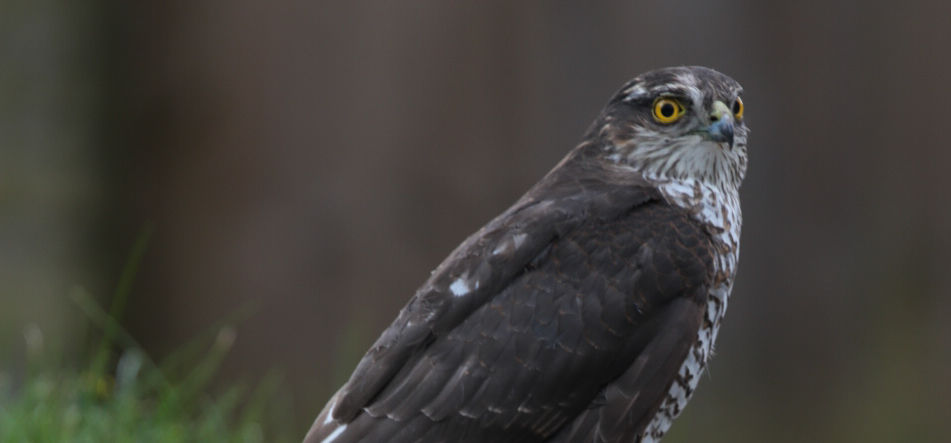The Sparrowhawk & its nictitating membrane
- gileslury
- Apr 24, 2022
- 1 min read

Outside the house we are staying in for a week, we saw what we thought at first was a dead bird, a sparrowhawk lying on its back.
Suddenly, one of its legs twitched.
Slowly I approached and could see the chest moving as it breathed. I gently turned it over and it somewhat gingerly got to its feet. It had obviously flown into one of the glass panels that surround the house.
Grabbing my camera, I started to snap away, it was a chance just too good to miss.
After the first few shots I noticed that the startling bright yellow eyes looked different, almost cloudy.

It was the first time I have come across a “nictitating membrane”. All birds have them and they are often called third eyelids.
Like humans, birds have upper and lower outer eyelids but unlike us beneath the outer eyelids, they have an extra one. It is tough and transparent. It has two functions. Firstly, it cleans and spreads the tears across the eye and secondly it can be brought across the eye to protect it in situations where scratches can occur Birds of prey, like sparrowhawks, close the membranes while capturing prey as they can't afford to have the prey scratch their eyes
it is hinged at the inner side of the eye and sweeps horizontally across the cornea.
The young male sparrowhawk took a few minutes to recover, giving me time for lots of photos before it flew off. A win-win as far as I was concerned.



(Obviously not at the lake)







Comments